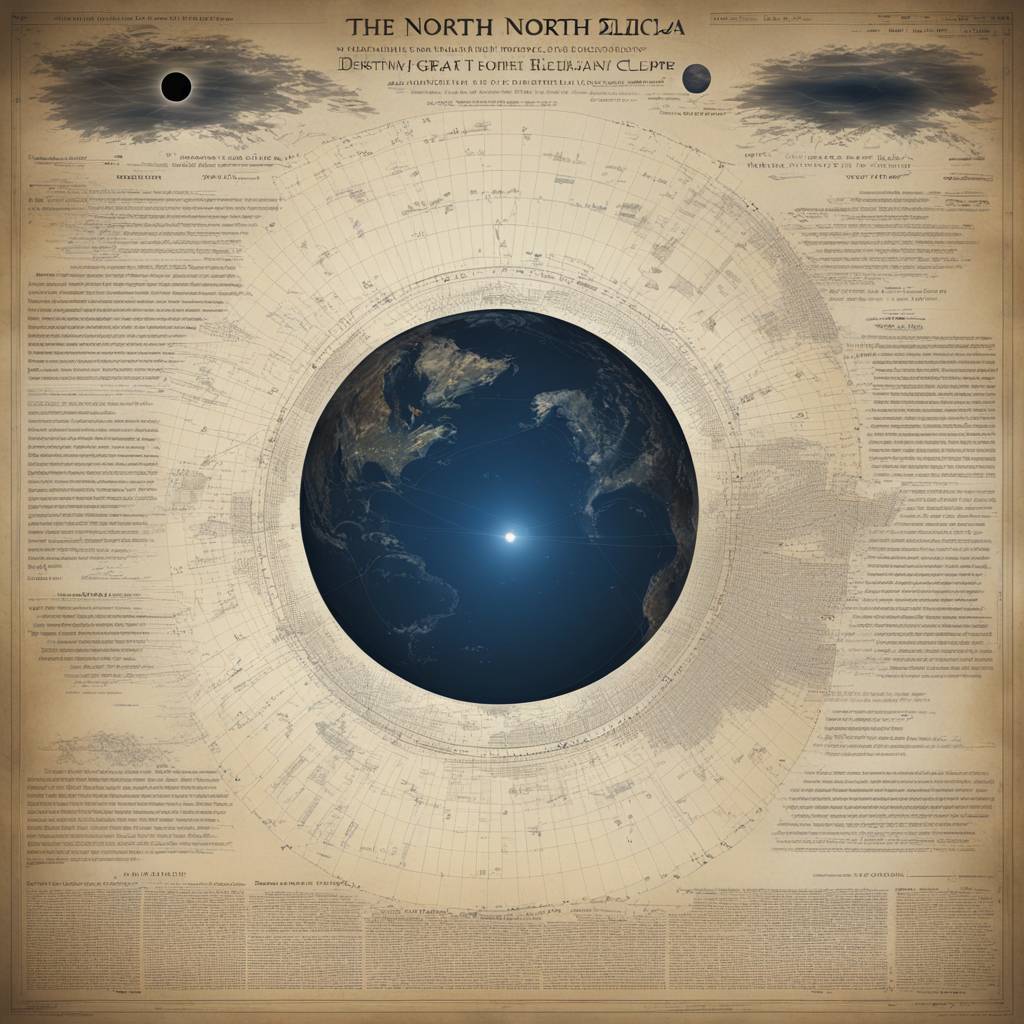The total solar eclipse on April 8, 2024, will be the last in the contiguous U.S. states until 2044 and 2045. While it may seem like solar eclipses occur randomly across Earth’s surface, they actually follow a strict and complex pattern. Solar eclipses are entirely predictable and occur in a cyclical pattern, with a very similar-shaped moon shadow projected onto Earth every 18 years, 11 days, and eight hours as the sun, moon, and Earth come into an almost identical alignment.
This pattern is known as a Saros, which is the repetition of a specific alignment of the sun, moon, and Earth that occurs every 18 years. Two eclipses separated by one Saros share a very similar geometry and over time produce partial, total, and annular solar eclipses. There are approximately forty different Saros series in progress at any one time, with each solar eclipse resulting from the same alignments belonging to the same Saros.
The total solar eclipse on April 8 in North America is part of Solar Saros 139, which last produced an event in 2006. The paths of all the eclipses in the same Saros resemble each other but occur in different parts of the world. Every third solar eclipse within the same Saros occurs in a very similar region of the world, with the path shifted north or south. Each Saros cycle lasts many centuries, beginning and ending as a partial solar eclipse at the north or south pole.
The Saros cycle was first discovered by the Babylonians and helps predict the exact location of the path of totality for solar eclipses. Other factors that come into play include the erratic rate of Earth’s rotation. Despite the appearance of random solar eclipses, there is a clear pattern that can be followed to predict and track these celestial events. The Saros cycle plays a crucial role in understanding the occurrence and progression of solar eclipses, providing a framework for astronomers and enthusiasts to plan and observe these rare events.
As the total solar eclipse on April 8 approaches, enthusiasts are encouraged to stay informed about the latest updates and information regarding the event, including travel and lodging options. By understanding the Saros cycle and the patterns of solar eclipses, individuals can better appreciate the celestial mechanics at play during these rare and awe-inspiring events. Clear skies and wide eyes are wished upon all those preparing to experience the total solar eclipse in April.















